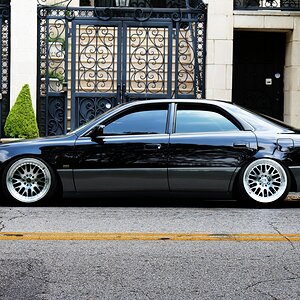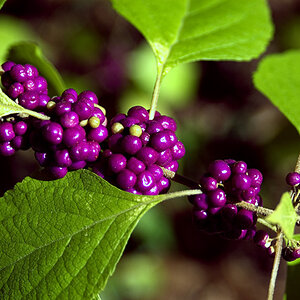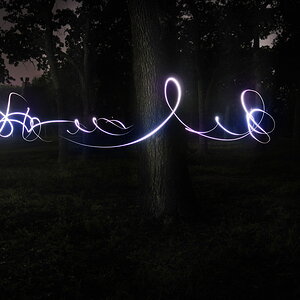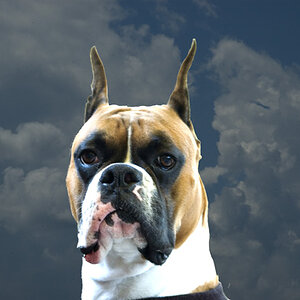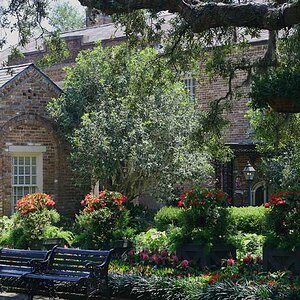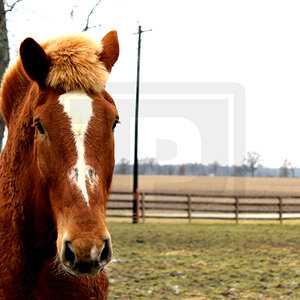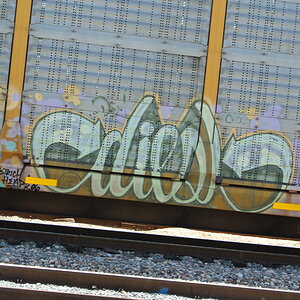pgriz
Been spending a lot of time on here!
- Joined
- Jul 30, 2010
- Messages
- 6,734
- Reaction score
- 3,221
- Location
- Canada
- Can others edit my Photos
- Photos OK to edit
I decided to test my T1i to see what its dynamic range is in actual fact, and whether my meter reading is accurate.
The testing protocol was to shoot a 18% grey card (fully occupying the field of view), varying the shutter speed by one stop for each exposure. The card was successively over-exposed and under-exposed until the grey point was either all white (255) or all black (0). The RAW frames were imported into DPP, and the values of the center point were verified against the camera reading. To make sure that the light was constant, each sequence was terminated by a shot replicating the starting point for the sequence, and the light values were compared (they were constant).
Two sequences were done, at ISO 100 and ISO 800, to determine if the dynamic range was changed by the change in ISO. To ensure that all the colour channels were reading the same values, a custom white-balance was done on the grey card at the start of each sequence.
I draw several conclusions from my experiment. When my meter is centered, the output value of the grey card is 122 (should be 127 if exactly centered, but close enough).
At ISO 100, 3-stops overexposure gives me a value of 251, and 4-stop overexposure give me a value of 255. So my upper limit is 3-stops overexposure. At ISO 800, 3-stops overexposure gives me a value of 250, and 4-stop overexposure gives me a value of 255. Therefore it appears that raising the ISO to 800 does not reduce my upper dynamic range.
At ISO 100, my readings for the center point value is as follows: -3(20),-4 (10), -5(5), -6(2), -7 (0). For all practical purposes, my lower limit for underexposure appears to be 4 stops, because a value of 10 is pretty close to black on most monitors. Repeating the exercise at ISO 800, the readings are: -3(19), -4(10), -5(4), -6(2), -7(1). Raising the ISO did not diminish the dynamic range at the lower end.
Practically, this test means that if I am practicing the exposure to the right technique, I must be sure that the brightest detail is no more than 3 stops above the 0 reading to ensure theres useful detail.
Im curious if anyone else tested their camera to determine the actual dynamic range? If so, what did the measurements reveal?
The testing protocol was to shoot a 18% grey card (fully occupying the field of view), varying the shutter speed by one stop for each exposure. The card was successively over-exposed and under-exposed until the grey point was either all white (255) or all black (0). The RAW frames were imported into DPP, and the values of the center point were verified against the camera reading. To make sure that the light was constant, each sequence was terminated by a shot replicating the starting point for the sequence, and the light values were compared (they were constant).
Two sequences were done, at ISO 100 and ISO 800, to determine if the dynamic range was changed by the change in ISO. To ensure that all the colour channels were reading the same values, a custom white-balance was done on the grey card at the start of each sequence.
I draw several conclusions from my experiment. When my meter is centered, the output value of the grey card is 122 (should be 127 if exactly centered, but close enough).
At ISO 100, 3-stops overexposure gives me a value of 251, and 4-stop overexposure give me a value of 255. So my upper limit is 3-stops overexposure. At ISO 800, 3-stops overexposure gives me a value of 250, and 4-stop overexposure gives me a value of 255. Therefore it appears that raising the ISO to 800 does not reduce my upper dynamic range.
At ISO 100, my readings for the center point value is as follows: -3(20),-4 (10), -5(5), -6(2), -7 (0). For all practical purposes, my lower limit for underexposure appears to be 4 stops, because a value of 10 is pretty close to black on most monitors. Repeating the exercise at ISO 800, the readings are: -3(19), -4(10), -5(4), -6(2), -7(1). Raising the ISO did not diminish the dynamic range at the lower end.
Practically, this test means that if I am practicing the exposure to the right technique, I must be sure that the brightest detail is no more than 3 stops above the 0 reading to ensure theres useful detail.
Im curious if anyone else tested their camera to determine the actual dynamic range? If so, what did the measurements reveal?



![[No title]](/data/xfmg/thumbnail/36/36681-6b091a8cd7318d47018c823a2eff3185.jpg?1619737677)
